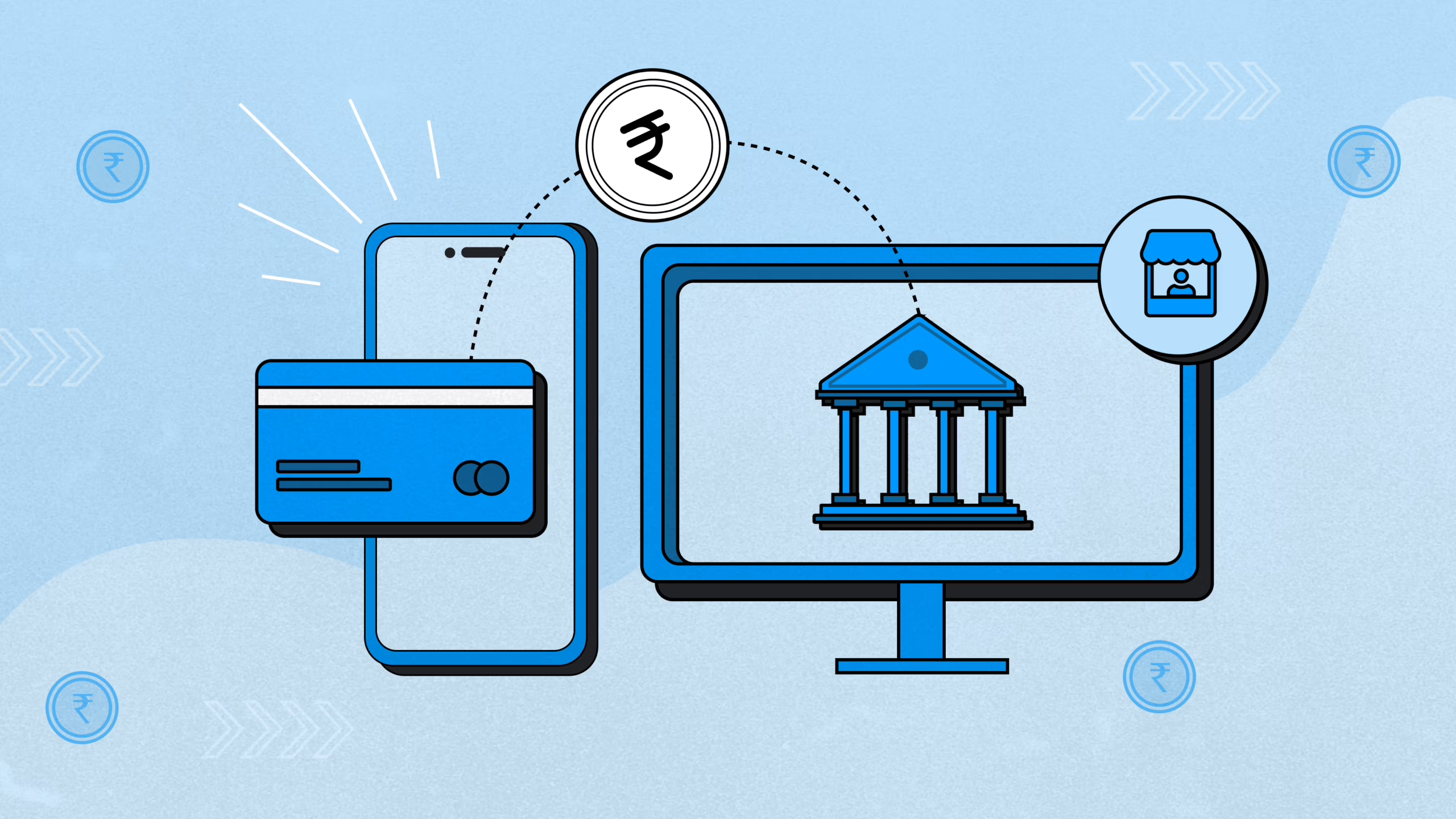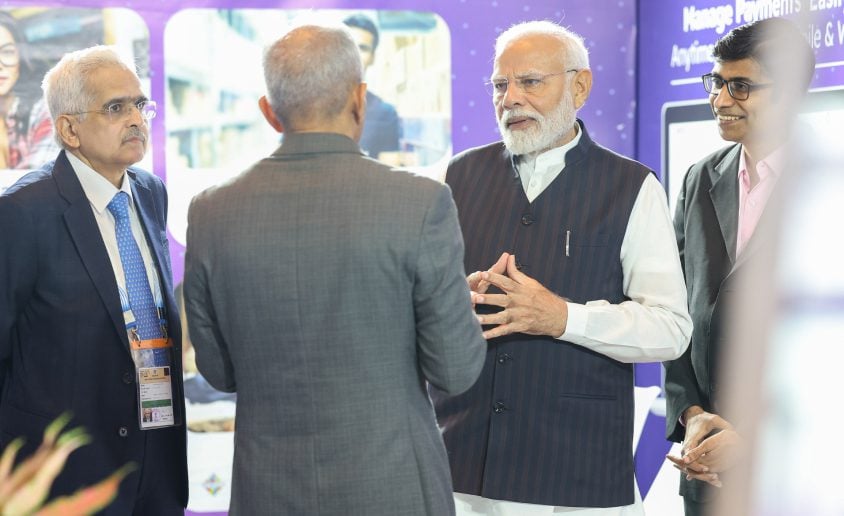In international trade, the payment method is not an afterthought; it’s a strategic move. Companies expanding into foreign markets must balance new opportunities with the risks of cross-border transactions. Among the several choices, the Letter of Credit (LC) and Documentary Collection (DC) are popular. Both are crucial tools, yet they provide very different degrees of security and efficiency. Understanding these differences is critical to protecting your interests and facilitating international trade.
What is a letter of Credit (LC)?
A Letter of Credit (LC) is a financial guarantee issued by a bank on behalf of the buyer (importer) that assures the seller (exporter) payment for goods or services. It is a formal undertaking where the issuing bank commits to pay the seller a specified sum of money, provided the seller presents all required documents that strictly comply with the terms and conditions stipulated in the LC. This bank commitment fundamentally shifts the payment risk away from the seller, offering a high degree of assurance.
What is Documentary Collection (DC)?
Conversely, a Documentary Collection (DC) is a transaction in which the seller relies on banks to facilitate the payment from the buyer (importer). In this arrangement, the seller’s bank forwards shipping and other commercial documents to the buyer’s bank with instructions to release these documents to the buyer only against payment or acceptance of a draft. Importantly, in a Documentary Collection, there is no bank guarantee of payment. The banks serve as conduits for the transfer of documents against payment or acceptance, and responsibility for payment ultimately lies with the buyer.
Differentiating Payment Mechanisms: Guarantee vs. Facilitation
The fundamental distinction between a Letter of Credit and a Documentary Collection lies in the role of the bank. A Letter of Credit represents a bank’s serious commitment. It is an instrument issued by a bank on behalf of the buyer, directly guaranteeing the seller that payment will be made for goods or services, subject to the fulfillment of all specified terms and conditions. This bank commitment fundamentally shifts the payment risk away from the seller, offering a high degree of assurance.
By comparison, a Documentary Collection is a less complex arrangement in which banks primarily act as facilitators. The seller deposits shipping documents with their bank, which then forwards them to the buyer’s bank. The buyer’s bank, in turn, presents these documents to the buyer for payment. Importantly, in a Documentary Collection, no bank guarantees payment. The banks are merely involved in the transfer of documents against payment or acceptance, and responsibility for payment ultimately lies with the buyer.
Operational Dynamics: Security, Cost, and Timelines
The dual nature of LCs and DCs affects numerous significant parts of an international transaction:
Seller Security Profile
For the exporter, the Letter of Credit provides a much more secure payment process. As soon as the seller presents documents that exactly meet the terms of the LC, the bank is required to pay. This avoids the large risk of non-payment, an area of major concern in global trade. It provides a building block of trust, enabling the exporter to go ahead with production or shipment without excessive worry.
With a Documentary Collection, more risk falls on the seller. Banks deal with the papers, but there is no implicit guarantee of payment by the buyer. The seller is still exposed to the possibility of the buyer not paying, or to complications if the documents provided aren’t found to be “in order” by the buyer.
Transactional Cost Implications
The strong security of a Letter of Credit is more expensive. The sheer labor involved for the banks – from making the guarantee to carefully scrutinizing documents for compliance – results in higher fees. These may be in the form of application fees, confirmation fees (when a second bank assures the LC), negotiation fees, and even amendment fees when terms must be altered.
A Documentary Collection, due to its less intensive bank involvement, is typically a less expensive solution. As banks are not providing a guarantee of payment, they charge less in fees, and thus it is an ideal choice for companies that desire to keep transaction costs low.
Processing Efficiency and Timeframes
The focus on careful document adherence renders a Letter of Credit a more time-intensive process. Banks take a few days, sometimes even weeks, to carefully scrutinize and validate all documents against the terms of the LC. In addition, the buyer can delay the production or shipment by waiting for the seller to arrange and open the LC.
Documentary Collections, however, have generally shorter processing times. Because banks mostly enable direct sending of documents to the importer, the steps involved in the administration are fewer and can result in faster payment remittance.
Strategic Advantages and Disadvantages
Both LCs and DCs have different functions and carry a set of advantages and disadvantages that exporters and importers need to carefully weigh:
Advantages of a Letter of Credit
- Greater Exporter Security: The greatest benefit is the bank’s payment guarantee, assuming the exporter complies with the LC conditions. This minimizes the risk of financial loss in case of buyer default.
- Trust Building: For novel trading relationships, an LC proves the importer’s seriousness, creating an atmosphere of trust that can lead to future co-operations.
- Fraud Protection: The involvement and monitoring of the bank lend an additional layer of protection against fraud, reassuring both the buyer and seller.
- Operational Flexibility: LCs are flexible enough to be adapted to suit the requirements of each transaction, enabling bespoke payment terms and delivery specifications.
- Global Acceptance: LCs are accepted and recognized internationally, becoming a globally comprehensible and secure payment method for global trade.
- Dispute Facilitation: In the case of a dispute, the issuing bank may be able to mediate, utilizing its position to resolve the conflict.
Drawbacks of a Letter of Credit
- High Costs: The extensive involvement of the bank results in high fees, which may affect profitability, particularly for smaller transactions.
- Lengthy Processing Periods: The detailed scrutiny of documents by various parties may result in considerable delays in the transaction process.
- Innate Complexity: LCs are subject to formal rules, and their specifications can differ, making them difficult to interpret, especially for beginners in international trade.
- Discrepancy Vulnerability: Even slight discrepancies or inaccuracies in documents will cause delays in payment or complete rejection, and this will cost more and create headaches.
- Limited Adaptability: After an LC has been formed, its terms are binding and leave little scope for negotiation or modification without risking additional costs and delays.
Benefits of a Documentary Collection
- Cost-Effectiveness: DCs are a cost-effective option with less bank charges and administrative expenses than LCs.
- Faster Processing: The simplified document handling tends to lead to faster completion of the transaction and earlier payment to the exporter.
- Increased Exporter Control: Exporters are usually able to dictate the precise documents needed for payment, offering greater control and a possible decrease in discrepancies.
- Reduced Open Account Risk: Although less secure than an LC, a DC is still more secure than an open account since banks process the document transfer and payment.
Drawbacks of a Documentary Collection
- Risk of Buyer Default: This is the biggest drawback. The buyer’s bank does not promise payment, which puts the seller at risk if the buyer defaults or chooses not to pay.
- Less Security Assurance: In the absence of the strict format and bank support of an LC, DCs provide less inherent security. Document requirements can differ, which may cause confusion.
- Limited Legal Recourse: In the event of non-payment or dispute, the legal recourse of a third-party seller under a DC can be more complex and costly, frequently reliant on the buyer’s country of residence.
Strategic Selection: Choosing the Best Payment Option
The choice of the best payment option for your export business depends on a thoughtful evaluation of a number of important factors:
- Risk Assessment: This is most important. If you are dealing with a new customer, or selling to a high-risk perceived country, a Letter of Credit provides the strong security of a bank guarantee, greatly reducing your risk. If you have an established trusting relationship with a buyer and feel secure in their financial position, a Documentary Collection may be an adequate and less expensive alternative.
- Cost Factors: For smaller transactions, LCs may be too expensive. In that scenario, a Documentary Collection may prove more economical. For bigger, more important transactions, the assurance provided by an LC usually is worth the higher cost.
- Time Sensitivity: Should speed of transaction be a matter of utmost concern, a Documentary Collection generally has a faster processing time. However, do note that any discrepancy can still cause delays. LCs, with their rigorous verification, naturally take more time.
- Relationship Dynamic: The state of your relationship with the importer is crucial. A deep, longstanding, and trusting relationship may be best suited for the less formal and less expensive Documentary Collection. On the other hand, if trust is in its growing stages or if there has been a payment problem in the past, a Letter of Credit is an essential guarantee.
In summary, there isn’t one “ideal” payment option for every international trade situation. Both Documentary Collections and Letters of Credit are useful instruments, both with varying strengths and weaknesses. By carefully considering your risk exposure, cost, time issues, and level of trust with your trading partner, you can make an informed choice that not only protects your export payments but also promotes assured and thriving global business.
Streamline Your Global Payments with BRISKPE
Navigating the complexities of international trade payments, whether through LCs or DCs, demands efficient and reliable financial solutions. At BRISKPE, we empower businesses to manage cross-border transactions with unparalleled ease and cost-effectiveness. Experience faster payments, transparent fees, and a robust platform designed to simplify your international financial operations.
Ready to optimize your export payment strategy? Explore BRISKPE‘s innovative solutions today and take control of your global cash flow.








